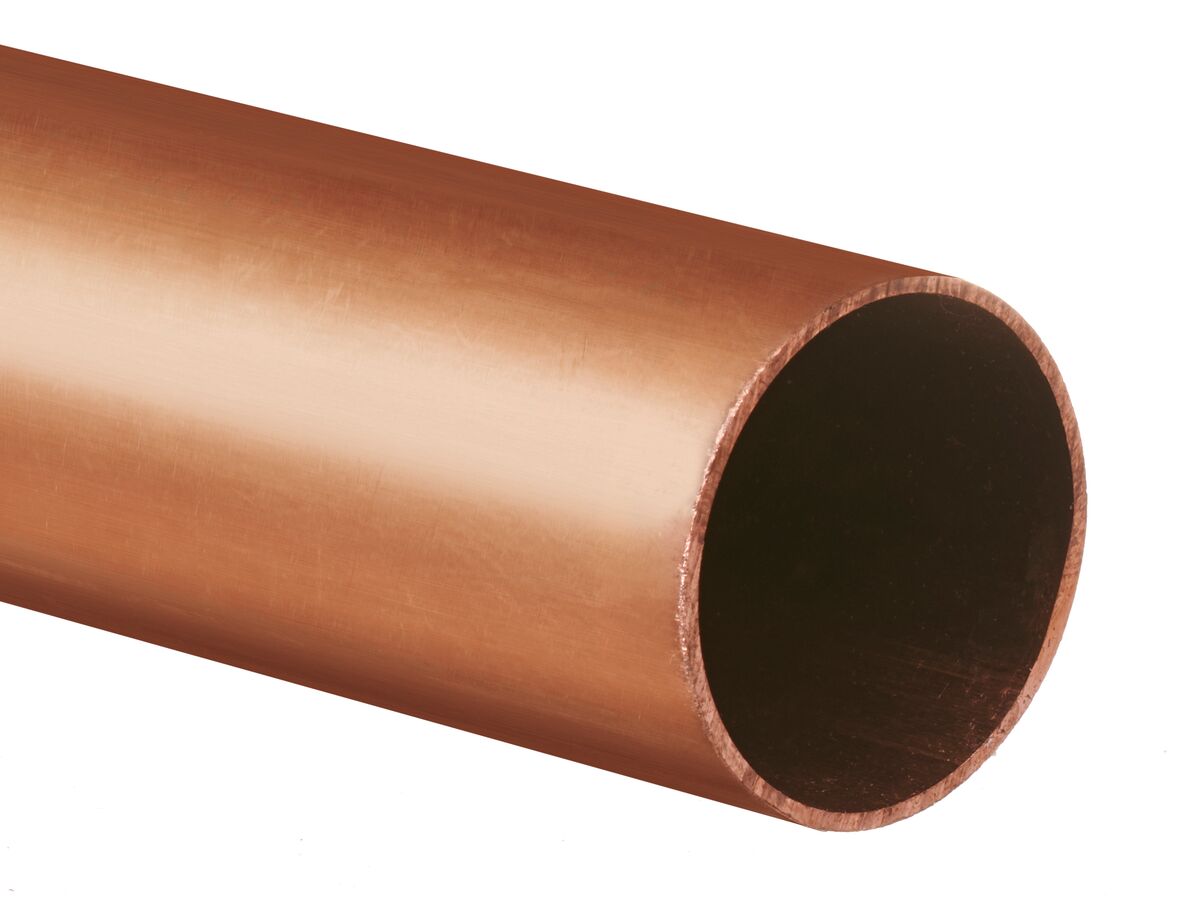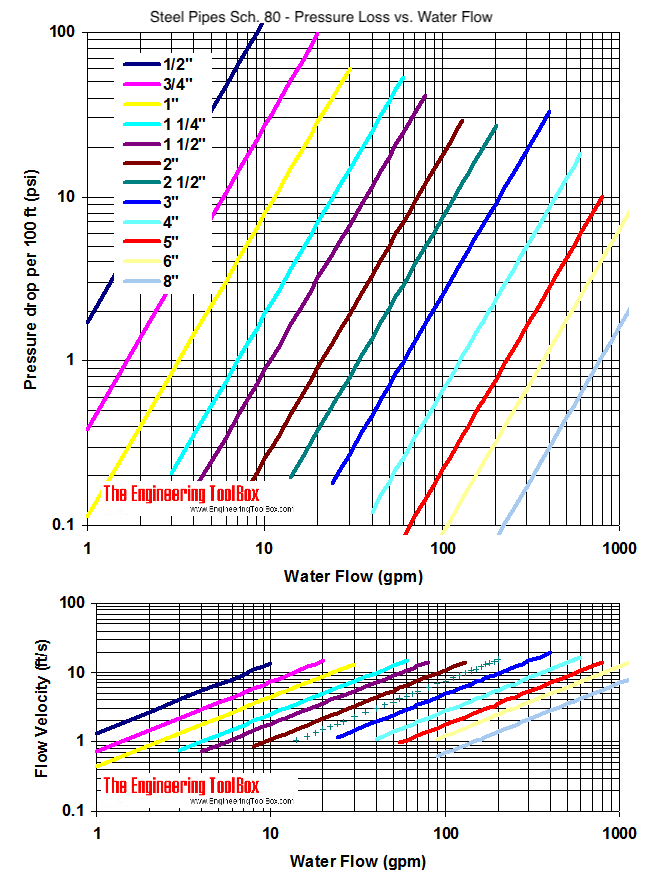

Most offices, for instance, are “light hazard” and can use any of these pipes, but businesses that regularly stock more combustible materials have higher hazard levels and thus cannot install CPVC pipes in their sprinkler systems. UL (formerly Underwriter Laboratories) only lists pipes for hazard levels at which they can be counted upon to perform reliably. To choose a pipe material, you must determine which hazard level defines your property. Bottom line: sprinkler installers should carefully review a manufacturer’s instructions to account for this. NFPA 13 requires manufacturers to include listing limitations in their installation instructions ( 7.3.2.1.2). Some pipes could fail to meet ASTM standards but NFPA 13 permits their use as long as they are otherwise listed and installers mind any limitations in the listing ( 3.2.1.1 and 7.3.3.1).Listed pipes are easily identified by the listing agency’s logo. Metal pipes are listed to UL 852 and thermoplastic pipes are listed to UL 1821.


It’s key that all pipes in fire sprinkler installations have been tested by a third-party safety organization for use in sprinkler systems and are “listed” as such.You can see a list of these standards in our previous blog. The 2019 edition of NFPA 13 : Standard for the Installation of Sprinkler Systems ( 3.1.1) permits listed metallic and nonmetallic materials for sprinkler pipe and tubing that meet or exceed various American Society for Testing and Materials (ASTM) standards.A quick review of NFPA requirements for fire sprinkler system pipe materialīefore we begin, let’s quickly review NFPA requirements: In this blog, we finish our examination of the most popular fire sprinkler system pipe material for commercial properties by exploring the pros and cons of copper and CPVC (chlorinated polyvinyl chloride).įeel free to check out our selection of piping components such as CPVC pipe fittings, hangers, sealants, and gaskets and flange packs, as well as other parts and accessories for commercial and residential sprinkler systems. Previously, we’ve discussed piping trends in home sprinkler systems and taken an in-depth look at the benefits and drawbacks of steel for commercial sprinkler systems. Understanding the material you install-and taking proper steps to circumvent its challenges-is key to reliable and long-lasting fire sprinkler performance.Ī property’s location, utility, layout, ambient temperature, and National Fire Protection Association (NFPA) occupancy hazard classification are just some of the factors that can impact the durability of pipes in sprinkler systems. Knowing the advantages and downsides of each option will help you find the right fit for your propertyĮvery fire sprinkler system pipe material offers unique advantages, but they all have their downsides as well.


 0 kommentar(er)
0 kommentar(er)
